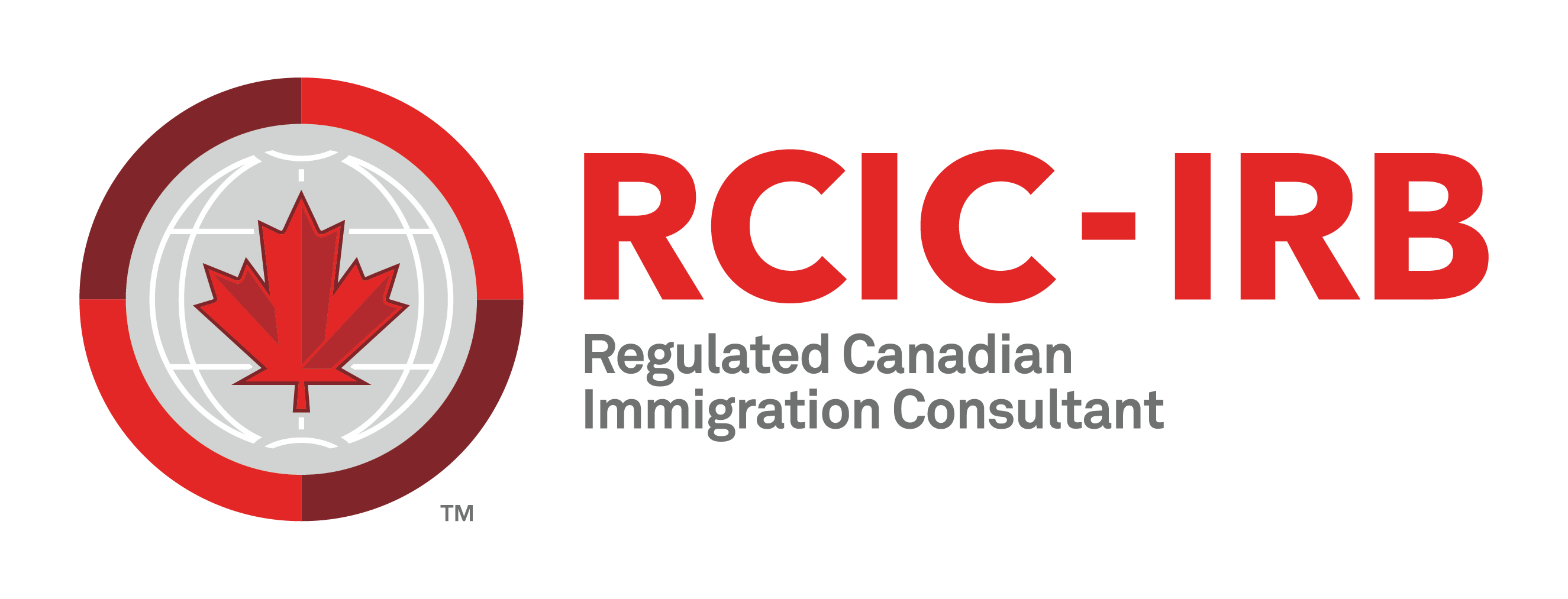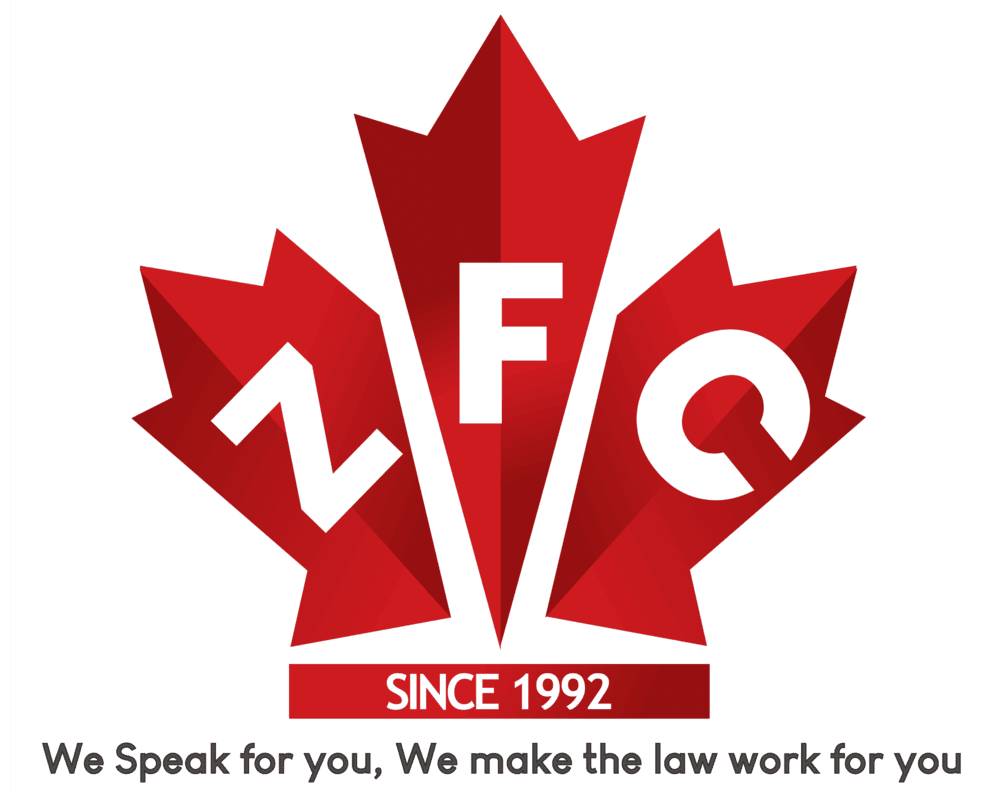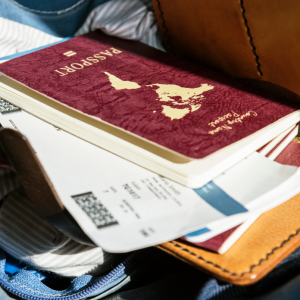Tensions over immigration in the U.S. are making headlines again, but the ripple effects are being felt far beyond American borders. Canada, often seen as a safer and more welcoming alternative, is quietly preparing for what might come next. As new U.S. travel bans target specific nations, experts predict a rise in irregular border crossings into Canada, echoing similar patterns from the past.
This is more than just a political issue; it’s a practical concern for Canada’s immigration system, border security, and international reputation.
Why U.S. Travel Bans Matter to Canada
When the U.S. closes its doors, people don’t stop seeking safety or opportunity; they simply look elsewhere. For many, that next stop is Canada.
Earlier this year, the United States announced another travel ban, this time affecting citizens from 12 countries. While the move was framed as a national security measure, many experts pointed out that these kinds of blanket bans often have the opposite effect. Instead of reducing immigration, they push people to seek alternative, often riskier, ways to enter other countries like Canada.
That’s where the Safe Third Country Agreement (STCA) comes in. This agreement, signed between the U.S. and Canada, says that if you first arrive in one “safe” country, you must make your asylum claim there. But if the U.S. becomes unsafe or inaccessible for certain populations, many may attempt to cross into Canada outside of official ports of entry.
Canadian Immigration Policies Face New Pressure
How Canada Might Be Affected
Canada’s immigration system is designed to be structured, merit-based, and welcoming. But sudden increases in irregular arrivals could:
- Overwhelm border services.
- Delay legal immigration processing.
- Create public concerns about security and cost.
Officials and analysts are now revisiting the Safe Third Country Agreement to assess whether it still fits today’s realities. If people can no longer apply through legal channels in the U.S., the agreement might inadvertently encourage risky, irregular crossings into Canada.
A Look Back: What Happened Last Time?
This isn’t the first time this has happened. During the Trump administration’s first term, thousands of asylum seekers walked across the U.S.-Canada border to apply for refugee status. In places like Roxham Road, Quebec, people arrived carrying children, suitcases, and hopes for a better life, often in the dead of winter.
Most weren’t criminals. They were people who feared being sent back to dangerous conditions, and with legal U.S. channels closed, they had few other choices.
The Bigger Picture: Safety, Law, and Human Movement
It’s important to separate rhetoric from reality. Studies have shown that immigrants and refugees commit crimes at lower rates than native-born citizens. Both the U.S. and Canada have strict screening systems for those applying through regular immigration or asylum channels.
When governments close doors completely, they remove those systems. Instead of applying through an official process, people turn to smugglers, unsafe crossings, or prolonged overstays. Ironically, total bans can actually reduce safety for everyone.
A regular, fair, and open immigration system doesn’t just help those seeking refuge; it also allows governments to screen applicants properly, plan resource use, and maintain control of their borders.
What This Means for the Future of Canadian Immigration
As U.S. immigration policies become more restrictive, Canada is likely to remain a top destination for individuals seeking stability and opportunity. But irregular crossings bring complications that must be addressed with a balanced policy.
For those seriously considering Canada, the best path is still through legal immigration channels, whether it’s Express Entry, family sponsorship, or provincial nominee programs.
ImmigCanada is here to help applicants understand their options and prepare for a successful journey through the Canadian immigration process.
The Cross-Border Impact on Canadian Immigration
U.S. travel bans may not directly target Canada, but their ripple effects are real and growing. As migration patterns shift, Canadian immigration will face new pressures and opportunities. For those planning to move, the message is clear: stick to authorized programs and seek expert help to stay informed and safe.
ImmigCanada offers expert guidance for those pursuing their Canadian dream without the guesswork, delays, or costly missteps.
Want to stay ahead of immigration policy changes? Contact ImmigCanada today and take your next step the smart way.
Add ImmigCanada to Your Google News Feed











Leave A Comment
You must be <a href="https://zfcanada.com/wp-login.php?redirect_to=https%3A%2F%2Fzfcanada.com%2F2025%2F06%2F14%2Fhow-u-s-travel-bans-are-quietly-shaping-canadian-immigration-trends%2F">logged in</a> to post a comment.